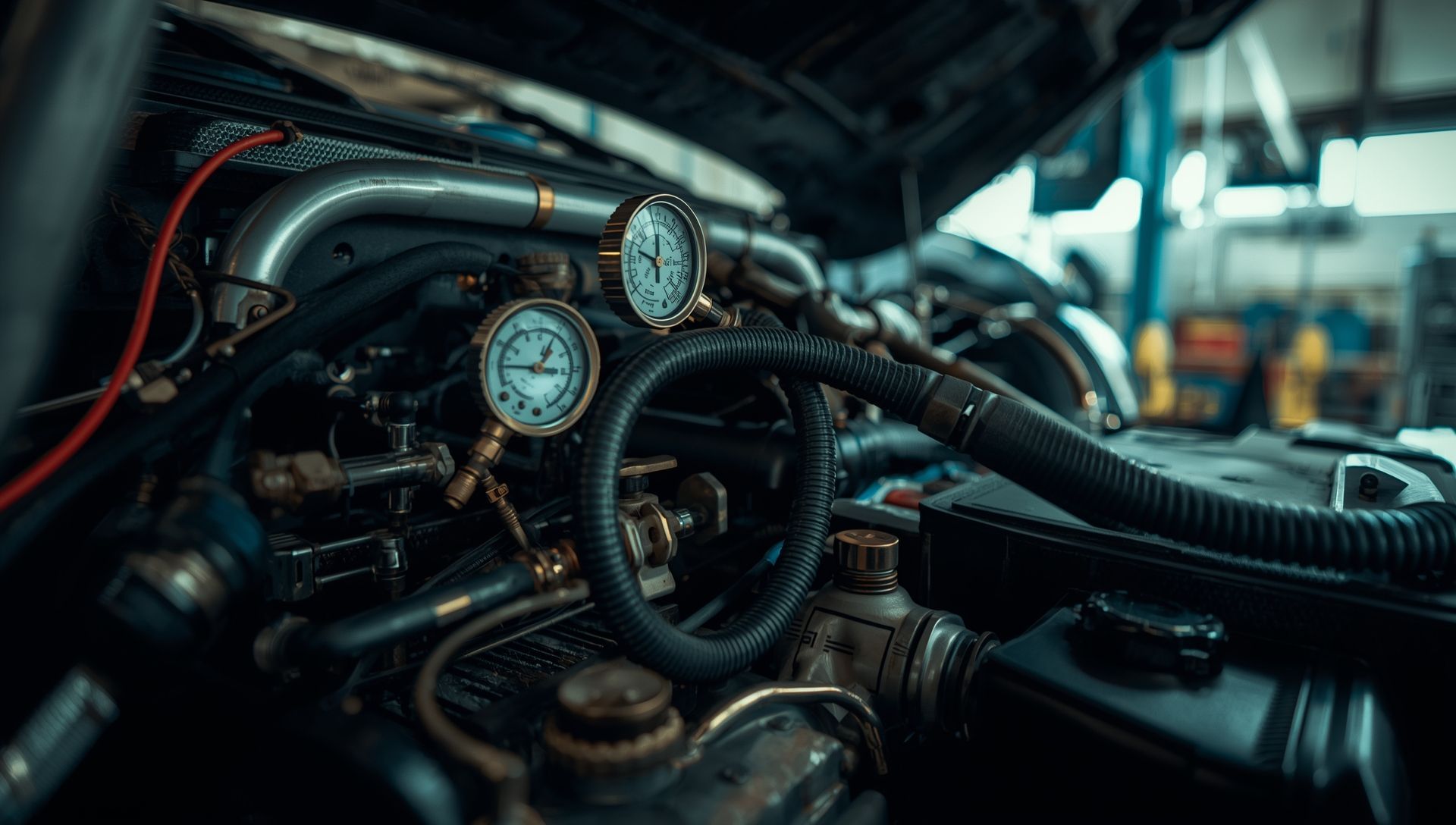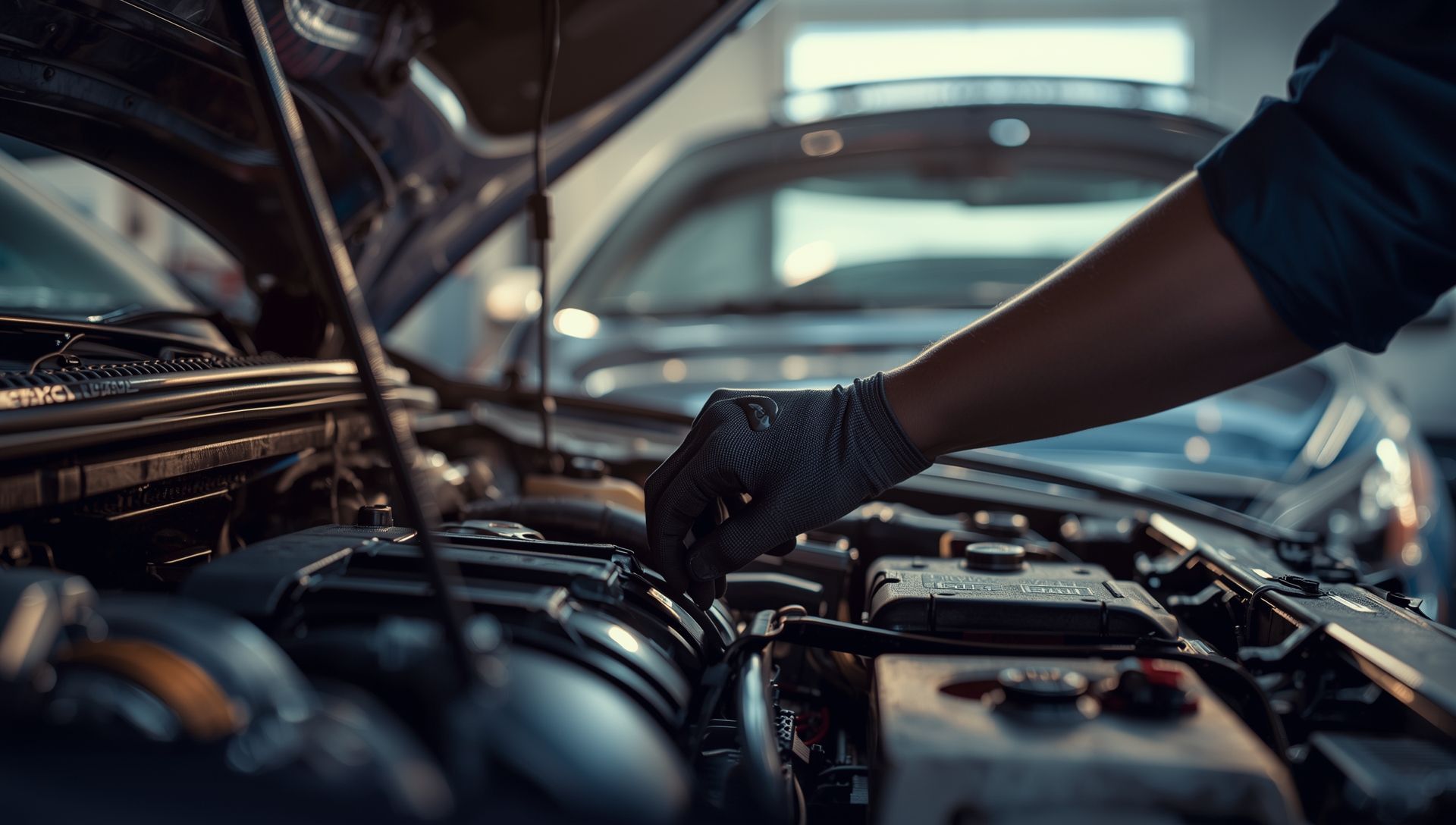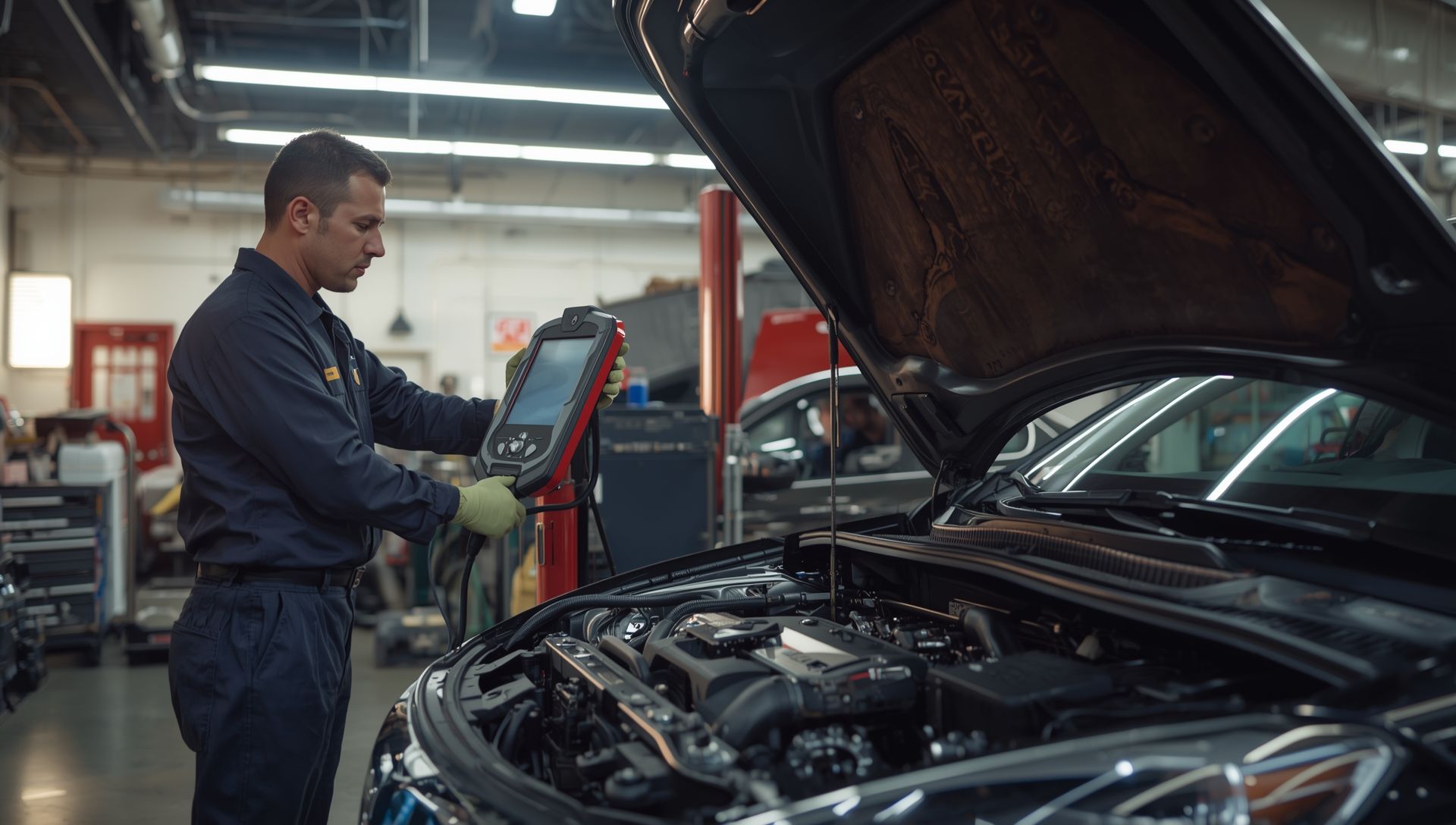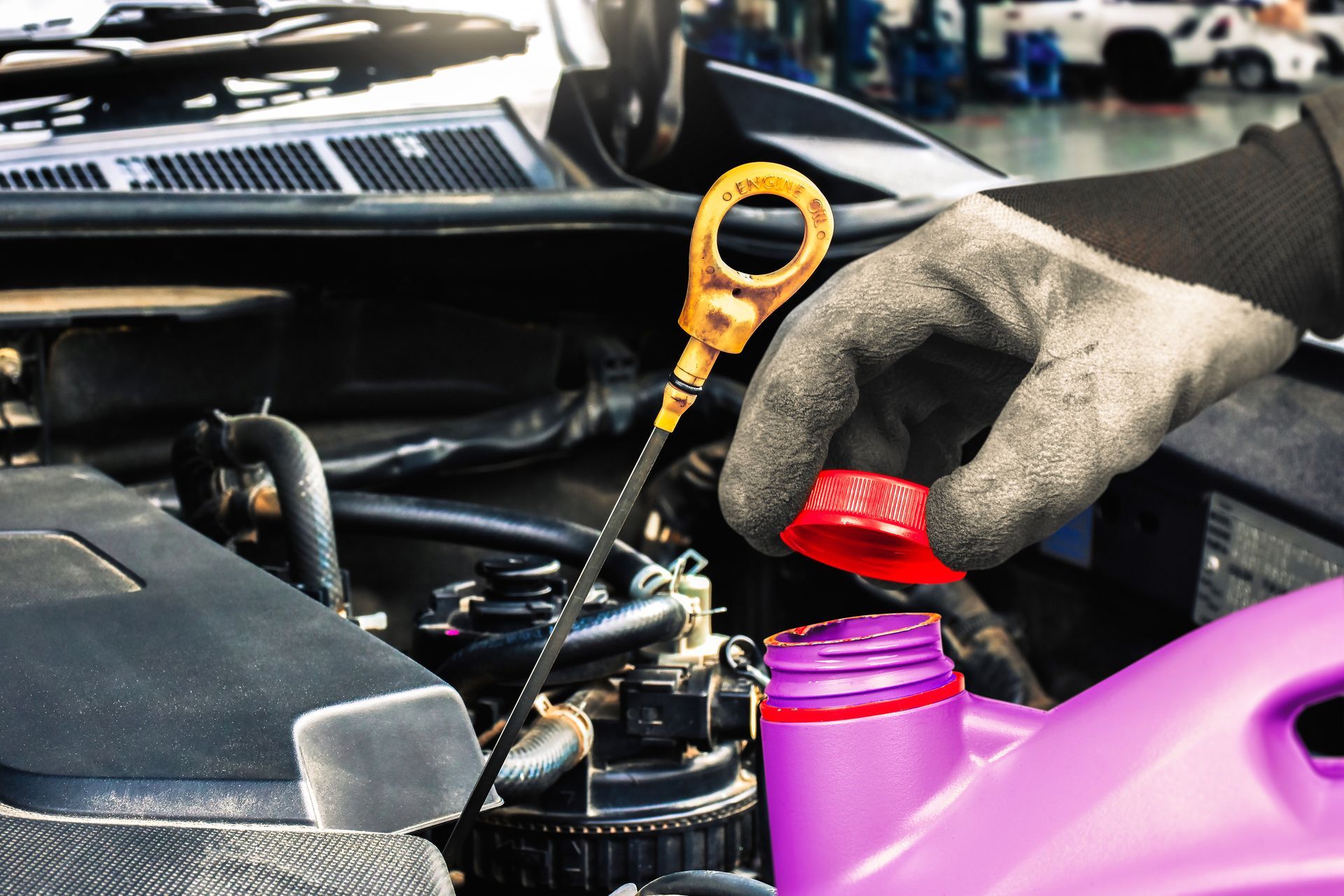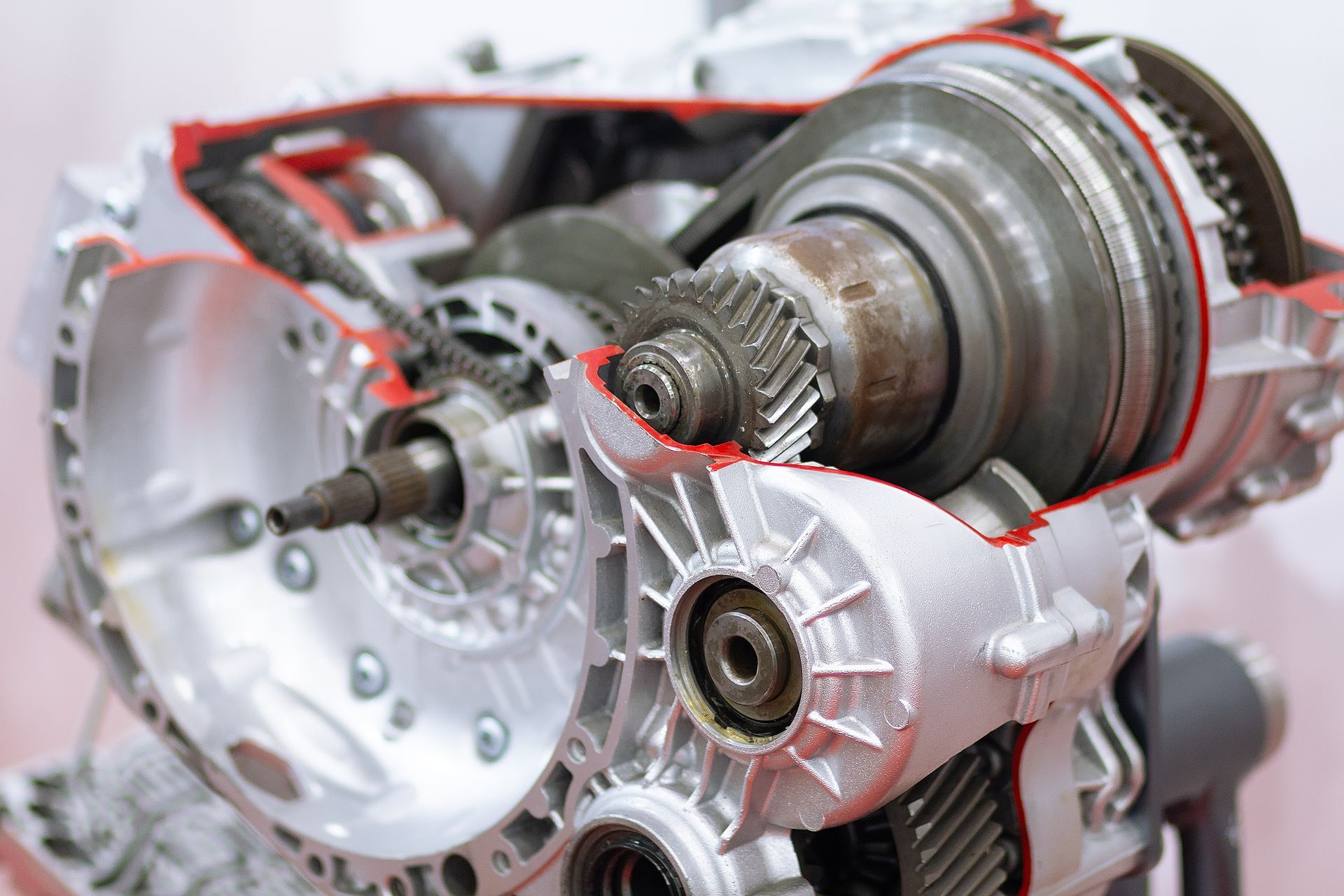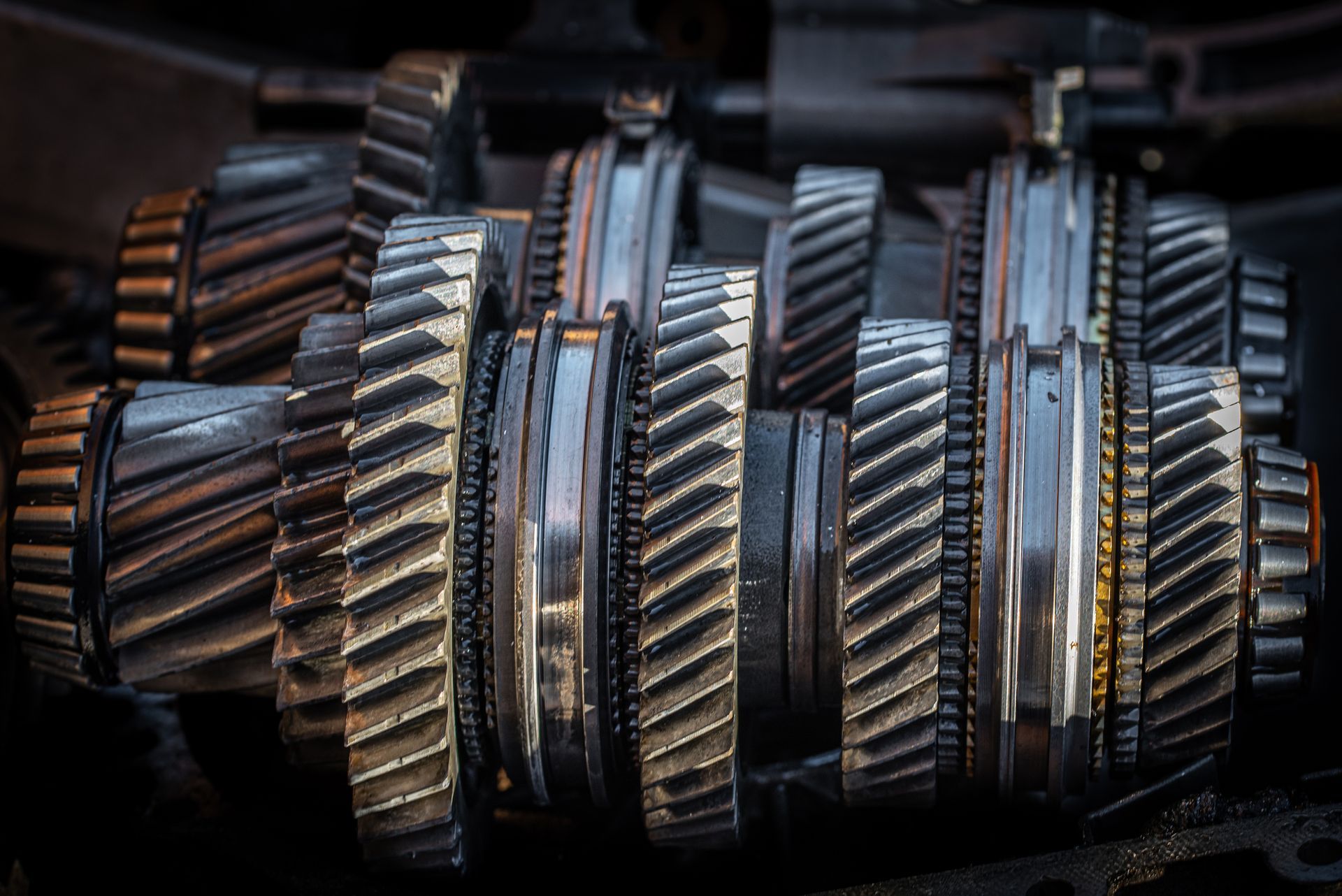Keep Your Car Radiator & Cooling System Working This Summer
Summer is quickly approaching the Dallas/Fort Worth area and the summer heat is no joke for your car. Keeping your cars radiators and cooling system in proper working order is super important to ensure you’re not left stranded in the Texas Heat with a car that’s overheating. At Keller-Alliance Auto Repairs we aim to be your locally trusted auto repair experts to help keep you and your family on the road safely this summer. Here is some important info to learn about your car radiator and cooling system.
The car radiator is one of the most misunderstood automotive components. This may be because a car radiator works so differently from a home radiator. The one in your home works essentially to warm up the immediate surroundings—but the one in your car does something a little different.
The Car Engine Cooling System
It’s actually an invaluable part of your engine cooling system. Of course, your engine both burns fuel and creates friction in order to give your car the juice it needs, and that causes a great deal of heat to build up. That heat needs to be diverted away from the engine, or else it could cause tremendous damage. The pistons in the engine would seize up and snap in two, and the engine would be broken down completely. That’s why engines have built-in, multi-part cooling systems. This includes an exhaust system, through which heat can escape. It also includes oil, which lubricates the engine parts and reduces the amount of friction. Even so, engines can get hot pretty quickly—and once they hit a certain temperature, the rest of the cooling system kicks in.
A typical 4 cylinder vehicle cruising along the highway at around 50 miles per hour, will produce 4000 controlled explosions per minute inside the engine as the spark plugs ignite the fuel in each cylinder to propel the vehicle down the road. Obviously, these explosions produce an enormous amount of heat and, if not controlled, will destroy an engine in a matter of minutes. Controlling these high temperatures is the job of the cooling system. The modern cooling system has not changed much from the cooling systems in the model T back in the ’20s. Oh sure, it has become infinitely more reliable and efficient at doing its job, but the basic cooling system still consists of liquid coolant being circulated through the engine, then out to the radiator to be cooled by the air stream coming through the front grill of the vehicle. Today’s cooling system must maintain the engine at a constant temperature whether the outside air temperature is 110 degrees Fahrenheit or 10 below zero. If the engine temperature is too low, fuel economy will suffer and emissions will rise. If the temperature is allowed to get too hot for too long, the engine will self-destruct from overheating.
What Happens When Your Car Radiator Kicks In
There are actually two types of cooling systems found on motor vehicles: Liquid cooled and Air cooled. Air cooled engines are found on a few older cars, like the original Volkswagen Beetle, the Chevrolet Corvair and a few others. Many modern motorcycles still use air cooling, but for the most part, automobiles and trucks use liquid cooled systems and that is what this article will concentrate on.
The cooling system is made up of the passages inside the engine block and heads, a water pump to circulate the coolant, a thermostat to control the temperature of the coolant, a radiator to cool the coolant, a radiator cap to control the pressure in the system, and some plumbing consisting of interconnecting hoses to transfer the coolant from the engine to radiator and also to the car’s heater system where hot coolant is used to warm up the vehicle’s interior on a cold day.
A cooling system works by sending a liquid coolant through passages in the engine block and heads. As the coolant flows through these passages, it picks up heat from the engine. The heated fluid then makes its way through a rubber hose to the radiator in the front of the car. As it flows through the thin tubes in the radiator, the hot liquid is cooled by the air stream entering the engine compartment from the grill in front of the car. Once the fluid is cooled, it returns to the engine to absorb more heat. The water pump has the job of keeping the fluid moving through this system of plumbing and hidden passages.
How the Car Radiator Works
- A thermostat at the front of the engine detects when the engine reaches an unacceptable temperature. This triggers the release of water and coolant—both of which are held in the radiator.
- This liquid combination picks up the heat generated by engine friction and burned fuel. It is then sent back into the radiator itself. The surface area is ample enough to let the coolant cool. Additionally, a fan positioned near it helps cool the coolant further.
- Air from outside the car is brought in through vents, providing further cooling power. The coolant sufficiently cooled down, can then be sent back into the engine to pick up more heat.
What Happens When a Car Radiator Cooling System Stops Working Properly
The long and short of it is that your radiator plays a vital role in removing heat from your engine—thereby ensuring the engine can function properly, without risk of sudden breakdown. Over time, of course, various issues can prevent the cooling system from working properly. One common issue is that the thermostat, from which the coolant is released into the engine, becomes clogged and no longer opens. This is a significant problem: It means the engine can overheat and ultimately break down if you don’t have the problem corrected right away. An even more common reason for cooling system breakdown is a leak; leaks can cause coolant levels to become too low, which means there is not enough coolant to pick up the heat and remove it properly.
Certainly, if you notice fluid under your parked car and suspect a leak, it’s important to have the vehicle inspected and serviced right away. These problems can be serious, but spotting them quickly can lead to a more straightforward solution.
Is Your Car Radiator In Need of a Radiator Flush?
Anti-freeze, otherwise known as coolant, is the engine’s temperature-regulator. If you’ve ever had your engine overheat, you know how important it is to have the right amount of coolant. Think of your engine as producing a series of tiny explosions. The coolant is the fluid that keeps those explosions burning at the right temperature. The coolant keeps the engine warm in a brutal winter and cool during a blazing summer.
At Keller-Alliance Auto Repairs we recommend as a general guideline to flush the car radiator anti-freeze once a year. This removes any rust or scale deposits and keeps coolant from becoming acidic. Acidic anti-freeze eventually wears down the very parts the cooling system intends to protect.
What are the Benefits of a Car Radiator Coolant Flush?
- Old anti-freeze eventually loses its anti-corrosive properties, which allows for debris to build up in the cooling system. A coolant flush removes these rust and scale deposits. It’s important to get rid of contaminants because they can cause overheating and damage your entire cooling system.
- Fresh coolant contains additives which lubricate and can extend the life of your cooling system. These additives also help prevent rust from building up, which allows the cooling system to operate more efficiently.
- Bring your car into Keller-Alliance Auto Repairs Automotive for a coolant flush and we’ll offer a courtesy inspection. During this comprehensive evaluation, we check the entire cooling system – including the thermostat, radiator, water pump, hoses and belts.
- A coolant flush prevents the old anti-freeze from becoming acidic. Once coolant becomes acidic, it starts to eat away at the water pump, rubber hoses and aluminum components of the engine.
Overheating is one of the most common contributors to mechanical breakdowns for many car owners in the North Texas area. Overheating can cause severe damage to the engine and transmission. The expert mechanics at Keller-Alliance Auto Repairs are here to keep your radiator, fluids and car cooling system in the best condition to keep you and your vehicle safely on the road.

